“The Goat Children”: Once You’re There, You May Never Come Back
Posted: September 30, 2016 Filed under: Book Review, Books, Fiction, Young Adult | Tags: Book Review, Books, Creative Fiction, Jordan Elizabeth, The Goat Children, Young Adult Fiction 1 Comment
The Goat Children, by Jordan Elizabeth, is a journey into the world of dementia, as a seventeen year old cares for her aging grandmother out of love. The flashbacks are endearing, allowing readers to understand the relationship between grandmother and granddaughter better. It is a touching story which will tug at the heartstrings of its readers.
It was a pleasure to review this book, and a pleasant surprise to read this venture outside the steampunk genre for Jordan Elizabeth. The Goat Children is a well-crafted tale about a young girl and her struggles to take care of her grandmother in order to allow her to remain in her home, a tale many families with elderly member may relate well to. I can say, from almost twenty years’ experience as a senior caregiver, Jordan’s portrayal of dementia is accurate and realistic, and she handles the subject truthfully, yet with sensitivity.
The Goat Children are products of her grandmother’s dementia… or are they? No spoilers here. All I will say about the ending is that I didn’t see it coming and perhaps I was a little bit shocked by it at first, yet it was the perfect ending for this story.
I recommend The Goat Children and give it four quills.

Kaye Lynne Booth does honest book reviews on Writing to be Read, and she never charges for them. Have a book you’d like reviewed? Contact Kaye at kayebooth(at)yahoo(dot)com.
Which Comes First, the Story or the Theme?
Posted: September 26, 2016 Filed under: Fiction, Movies, Screenwriting, Writing | Tags: Creative Fiction, Fiction, Screenwriting, Writing, Writing to be Read 2 Comments
I asked Robin to do a post on theme for last week’s Writing Memo, as a compliment to my post here. She did a great job of explaining what theme is and how to bring it out in your story. She talked about how to identify your theme, how to bring your theme out in your writing and how multiple themes can be, and often are, woven into a single story. After reading her post, it sounded so easy.
One of the most difficult parts of writing, for me, is determining what my story’s theme is. The theme is what your story or screenplay is really about, and it isn’t always obvious. Often you really have to think about the story as a whole and look for the underlying theme. Or at least, I do.
Die Hard is a story about a man, John McClane, (Bruce Willis), trying to save his marriage, but when her office party is taken hostage, it becomes a story about survival – survival of the good guys, as well as survival of the marraige. (Yes, I see the irony in the fact that Robin and I both chose to use Die Hard in our examples.) Survival is what the story is really about.
 Lethal Weapon may be a buddy cop movie about the two cops getting the bad guys, but Roger Murtaugh, (Danny Glover), is struggling with aging and his approaching retirement, and his partner, Martin Riggs, (Mel Gibson), is struggling with the loss of his wife and certain suicidal urges. Dealing with aging and the end of life is what the movie is really about. But the underlying theme is not always easy to pick up on under all the shoot ’em up, good guy – bad guy stuff.
Lethal Weapon may be a buddy cop movie about the two cops getting the bad guys, but Roger Murtaugh, (Danny Glover), is struggling with aging and his approaching retirement, and his partner, Martin Riggs, (Mel Gibson), is struggling with the loss of his wife and certain suicidal urges. Dealing with aging and the end of life is what the movie is really about. But the underlying theme is not always easy to pick up on under all the shoot ’em up, good guy – bad guy stuff.
While pursuing my screenwriting emphasis for my M.F.A., one of the things that I was taught was how to breakdown the structure of a movie into different parts, or beats. My professor and screenwriting advisor, J.S. Mayank, had us use the structure model presented in the Save the Cat books by Blake Snyder. Professor Mayank had us watch a lot of movies and read a whole lot of screenplays and break their structures down, and one of the things I learned from this, is that in almost every movie, one of the characters states the theme in their dialog, usually by page five. As a general rule, it’s true. And if you can figure out what the movie is really about, you can put your finger on which line of dialog that is, however, that’s not always an easy thing to do.
For one thing, the line of dialog that states the theme usually doesn’t do it outright. To do so would make the dialog feel forced, untrue to what the character would say. For instance, the line that states the theme in Lethal Weapon is, “Your beard is getting gray. It makes you look old.” Coming from Roger Murtaugh’s daughter, as his family serves his 50th Birthday Cake while he takes a bath works well, but it doesn’t come out and say, “You’re getting ready to retire and your life is coming to an end. How are you going to deal with it?” It’s said and gone, and most viewers probably didn’t even catch that it was the theme stated unless they were looking for it.
thing, the line of dialog that states the theme usually doesn’t do it outright. To do so would make the dialog feel forced, untrue to what the character would say. For instance, the line that states the theme in Lethal Weapon is, “Your beard is getting gray. It makes you look old.” Coming from Roger Murtaugh’s daughter, as his family serves his 50th Birthday Cake while he takes a bath works well, but it doesn’t come out and say, “You’re getting ready to retire and your life is coming to an end. How are you going to deal with it?” It’s said and gone, and most viewers probably didn’t even catch that it was the theme stated unless they were looking for it.
These exercises in screenwriting were very helpful to me, but they required that I view movies in a whole new way. (We did a similar thing in my genre fiction classes, dissecting different novels to see what methods the authors used to portray their stories and how effective they are. And when you critique as you read, it’s a lot different than just reading to enjoy the story.) Most people watch movies for entertainment, right? I always had. But when you are doing structure analysis, you have to concentrate more on how it’s put together than you do on what happens in the story. And to figure out what the theme is, you have to watch, or read in the case of screenplays, with a philosophical eye to discover what the story is really about.
Th at’s where I had problems, especially when I was watching the actual movie, rather than reading the screenplay. I always sat down to watch a movie and immediately immersed myself in the story. Before I knew it, I would look up and realize the first five pages of script must be long past and I had failed to identify the line of dialog in which the theme was stated. It was the thing with reading screenplays. I found myself reading and re-reading those first five pages, searching desperately for the line that would tell me what the whole movie was about. I didn’t understand how I could be expected to pick out a line of dialog that stated what the movie was really about before I’d read the entire screenplay. And the sad thing is, I was no better at picking out theme in my own writing and writing a line of dialog to state it.
at’s where I had problems, especially when I was watching the actual movie, rather than reading the screenplay. I always sat down to watch a movie and immediately immersed myself in the story. Before I knew it, I would look up and realize the first five pages of script must be long past and I had failed to identify the line of dialog in which the theme was stated. It was the thing with reading screenplays. I found myself reading and re-reading those first five pages, searching desperately for the line that would tell me what the whole movie was about. I didn’t understand how I could be expected to pick out a line of dialog that stated what the movie was really about before I’d read the entire screenplay. And the sad thing is, I was no better at picking out theme in my own writing and writing a line of dialog to state it.
Here’s where I digress from Robin. You cannot decide what you want your theme to be and then write a story to fit. At least, I can’t. It won’t work. For me, theme must evolve from the story naturally, not the other way around.
When I decided to write, Bonnie, my screenplay for my thesis, I thought I was writing a story about two young kids who chose to live on the wrong side of the law in order to cope with the circumstances of living in the depression. But Bonnie is different than other renditions of the Bonnie and Clyde story, because it is told from Bonnie’s perspective, and before I had finished it, I found that what it is really about is Bonnie’s love for Clyde. Their love is my underlying theme. Just as love is the underlying theme in a story about a huge ocean liner that hit an iceberg and sank into the ocean, sending most of the passengers to their deaths. And just as it worked for James Cameron, when he wrote Titanic, I think it works for Bonnie. Love is what it is really about, the underlying theme.
The point here is, I didn’t set out to write a story about a young girl’s amazing love. That is what evolved from my story about a young couple’s choice to embark on a life of crime. Love was Bonnie’s motivation. Undying love was my theme and I didn’t even know it until I was more than halfway through writing the screenplay. This is why I say theme is the most difficult part of writing for me, whether I’m writing a novel or a screenplay.
But, I still say writing to the theme is more difficult. The theme must emerge naturally from the story, whether you’re writing for the page or the screen. If I just write the story, being true to my characters, the theme will come to the surface of its own accord. But, that’s me. Obviously, it’s different for Robin, who likes to identify her theme before she begins the story and finds ways to bring the theme out. Which comes first for you?
Like this post? Subscribe to Writing to be Read for e-mail notifications whenever new content is posted.
“Keepers of the Forest” Plot Draws Readers In
Posted: August 5, 2016 Filed under: Book Review, Books, Fiction, Uncategorized | Tags: Book Review, Books, Creative Fiction, Fiction, James McNally, Keepers of the Forest 3 Comments
Keepers of the Forest, by James McNally has a good plot and interesting characters. When Chris is chosen by Crispus Attuck Brown to be the Chosen One, a summer spent with Scott and Chris’ aunt and uncle takes an unexpected turn, and Chris’ swim instructor, Brian is the only who realizes something is amiss. Brian must find a way to save the two brothers and foil Brown’s evil plot to destroy the world.
Brian is a young man who is afraid of commitment and perhaps drinks a little too much. He befriends a young boy, Chris, who is a sweet kid that falls into unfortunate circumstance and becomes the victim of an evil plot. Other players on the good guy’s team are Chris’s older brother, Scott, an angry teen who works through his own issues and story arc, and Brian’s bartender friend, Nancy who has her stuff together and acts as support for Brian as he works through his personal issues and becomes the hero. One of the most colorful characters unfortunately, has only a supporting role and isn’t really involved in any of the action. Nancy’s aunt, Leah, the balding swim instructor with cancer is a strong character, and I would have liked to see more of her.
The villain, Crispus Attuck Brown is an interesting chap, who believes he can bring about the second coming of the Dryad, and he’s gathering the Keepers of the Forest to that end. I think if we’d seen more of how bad he is sooner, it would’ve helped us to fear him more. At his side is an ex-hooker named Sherry, who is a misguided pawn in Brown’s game until she removes the blinders and realizes what is really going on around her. The big guy, Mason, is the muscle for the operation. He is feared because of his size, but is shown to have a soft heart. The crew is rounded out by two gay ex-cons, Ted and Vincent, who are cold blooded killers, who kill because they like it and almost seem more to be feared than Brown.
I had a couple of problems with Keepers of the Forest. First, McNally does a bit of head hopping, which makes it confusing to the reader as to whose P.O.V. we are in at times. And second, the characters all have such clear insight into their own motivations that they can self-analyze and express exactly what they are feeling and their motivations verbally. There isn’t a lot of subtext, and real people just don’t do that.
***************************SPOILER ALERT********************************
The other thing that just didn’t sit quite right with me, was the fact that the good guys save the day, but they are lead to the solution by Sherry, after she comes to the realization that her beliefs in Brown are faulty. Brian becomes a passive protagonist, in a way, because although he has a part in saving the boys, the rescue is led by a member of the opposing side, turned defector and he just does what he is told. For me, all the characters have the potential to be really great characters, but most of them fall short of what they could be.
I give Keepers of the Forest three quills. 
2016 Write the Rockies Conference Growing with Success
Posted: July 26, 2016 Filed under: Writing | Tags: Alan Wertes, Broughton Coburn, Creative Fiction, Fiction, J.D. Payne, J.S. Mayank, James Gunn, Michael Brody, Poetry, Publishing, Rebecca McEwen, Review, Robin Wayne Bailey, Russell Davis, Screenwriting, Western State Colorado University, Writing, Writing Conference, Writing the Rockies Confernce, Writing to be Read 1 Comment

When I attended my first Writing the Rockies Conference at Western State Colorado University, back in 2012, it was a three day event, with panels and workshops on genre fiction, screenwriting, and poetry. It had a couple of publishing workshops, too, but the poetry symposium was a major event. You could sign up for critiques and pitch sessions with small presses and agents, and they served delicious sack lunches made by Western State’s great kitchen staff. Every year since, the conference has gotten bigger, including more and more great events for authors, poets, screenwriters and publishers future.
The 2016 Writing the Rockies Conference has continued in that growth trend. Director of Western State’s M.F.A. in Creative Writing program and head organizer of the conference, David J. Rothman tells us that Writing the Rockies is now the most diverse of all college hosted writing conferences, boasting writing workshops, keynotes and panels, 3-day intensive workshops and critical seminars in five individual concentrations: genre fiction, screenwriting, creative nonfiction, publishing, in addition to their wonderful poetry symposium. It is now five day event, which takes advantage of inspirational surroundings of the beautiful Gunnison Valley, with one whole day for group hikes in the beautiful area surrounding near-by Crested Butte. Gone are the sack lunches of the past, but the food is still good, with Western’s kitchen staff providing both breakfast and lunch for conference attendees.
The conference is so packed full of wonderful writing events and opportunities that no one can do them all. Aspiring writers must pick and choose those events that will be most beneficial to them. I had the pleasure of attending events in all five concentrations, creating a well-rounded educational experience, from which I learned a lot.
I started off with the genre fiction panel, which featured three former presidents of the Science Fiction & Fantasy Writers of America – authors James Gunn, Robin Wayne Bailey and Russell Davis gave a grand overview of the history of SFWA and the science fiction genre. I was also privileged to attend the screenwriting panel, featuring screenwriters for both feature films and television – J.D. Payne, Alan Wartes and J.S. Mayank, where we discussed how to take notes on your screenplay or series, who to take notes from, and ways to politely disregard notes that are detrimental to the structure of your script.
Unfortunately, I was unable to attend Conference Keynote, by George Sibley, or the Poetry Keynote, by Julie Kane on Wednesday evening. If they were anywhere near the quality and usefulness of the four Keynotes I did hear, then I have truly missed out.

Fulcrum Press Editor Rebecca McEwen
Publishing Keynote Speaker
The Publishing Keynote was given by Fulcrum Press editor, Rebecca McEwen, who talked about the value of small presses and when you might want to consider submitting press that is not among the big five. According to McEwen, there are currently 30 small independent publishers in Colorado.

Author Robin Wayne Bailey
Genre Fiction Keynote Speaker
The Creative Nonfiction Keynote was delivered by author Broughton Coburn, who has created story from many of the events in his extraordinary life and turned them into bestselling books. His touching story of bringing an elderly Indian woman to America with him, brought smiles to all faces in the audience. He talked about finding common threads in your true-life story which can then be used to tie things together as you put the story on the page.
Author Broughton Coburn
Creative Nonfiction Keynote Speaker
Author Robin Wayne Bailey, gave an inspiring Genre Fiction Keynote on the importance of life experience in writing, and how moving writing can be, coming near to tears himself as he spoke of times past as he recounted parts of his own personal history for emphasis. And, there were chuckles from the audience throughout screenwriter J.D. Payne’s Screenwriting Keynote on the journey to becoming a screenwriter, ways to handle the criticism and rejection that are so very prominent in the Industry, and how to take notes, another big part of writing for television or film.

Screenwriter J.D. Payne
Screenwriting Keynote Speaker
I attended a genre fiction workshop and two screenwriting workshops, since these are my major concentrations. The first screenwriting workshop, led by screenwriter, Mary Beth Fielder, was on the transformational arc that every story and every major character needs to have. She talked about looking at the subtext to indicate what’s really going on in each scene, and how to use basic human needs to determine what your characters goals are.
The second screenwriting workshop, on creating conflict, was led by screenwriter J.S. Mayank, pointing out that in story we do the opposite of what we do in real life. In real life, we tend to avoid conflict, while in story we invite it. To provide examples of scenes with well-crafted conflict, video clips from several different movies were shown, some that made us laugh, others that made us want to cry.

J.D. Payne, J. S. Mayank, and Alan Wartse
Screenwriting Panel at the
2016 Writing the Rockies Conference
The genre fiction workshop, on creating complex female characters, led by women’s fiction author Candace Nadon. She talked about the female stereotypes used in creating female characters, and ways to recognize and avoid them in your writing. Most of her advice for creating strong female characters, was in the form of what not to do, proving that there is a fine line to balance strength and feminity.
Screenwriter and co-organizer of the Crested Butte Film Festival, Michael Body was both educational and entertaining in his screening lecture. He used actual clips submitted to the festival for consideration. Two of the clips were humorous, but the other one was just plain bad, illustrating well the many reasons films do, or don’t get into film festivals. The bad one was so bad that the audience elected not to finish watching it.

Screenwriter Michael Brody
Co-Founder of The Crested Butte Film Festival
Along with everything else, the talent featured at the Writing the Rockies Conference also grows each year. In addition to the genre fiction and screenwriting names above, this year’s poetry symposium featured were renowned poets and critics, such as A.M. Juster, Jan Schreiber, John Talbot, Bruce Bennett, Christopher Norris, Emily Grosholz, Thomas Cable, Paul Edwards, Natalie Gerber, Niles Ritter, Frederick Turner, Richard Wakefield, and Robert Maranto.
Of the thirty publishers in Colorado today, at least seven were represented at the 2016 Writing the Rockies Conference: Conundrum Press Publisher, Caleb Seeling; Fulcrum Press editor, Rebecca McEwen; Slant News editor, Kyle Harvey; Dave Trendler, of VeloPress; Fred Ramey of Unbridled Books; Lithic Press Publisher, Danny Rosen; and Senior Acquisitions Editor of NavPress, David Zimmerman.
Creative Nonfiction is a new concentration which was added this year, featuring award-winning author, Kase Johnstun; essayist, Kelsey Bennett; and nature writer, Alissa Johnson. Genre fiction authors not mentioned above included Clay Reynolds; children’s author, Stacia Deutsch; and speculative fiction author, Michaela Roessner.
The 2016 Writing the Rockies Conference appeared to be a great success. It holds many opportunities for aspiring writers, and 2017 promises to have e1ven more, becoming larger and more prestigious than ever before. I anticipate 2017 conference attendees will have quite a treat in store.
Like this post? Subscribe to Writing to be Read for e-mail notifications whenever new content is posted.
Weekly Writing Memo: Setting Writing Prompt
Posted: July 21, 2016 Filed under: Fiction, Screenwriting, Uncategorized, Weekly Writing Memo, Writing, Writing Tips | Tags: Creative Fiction, creative process, Fiction, Screenwriting, Writing, Writing Process 1 Comment[Sorry for the delay this week, there was a glitch in posting yesterday.]
 I’m off in Gunnison, Colorado this week for a writing conference at my old graduate school, Western State Colorado University. For me, a writing conference is a chance to talk writing and get inspired, so I thought I’d post a writing prompt this week to spread some of the inspiration.
I’m off in Gunnison, Colorado this week for a writing conference at my old graduate school, Western State Colorado University. For me, a writing conference is a chance to talk writing and get inspired, so I thought I’d post a writing prompt this week to spread some of the inspiration.
Since I’m in a place that is known for its beautiful scenic views, I thought I’d go with a writing prompt that is all about starting with setting to find your story. Try to use the prompt to help visualize the setting, and see where it takes you for creating a story.
A Tree Grows in the Desert
A tree grows alone in the desert. What kind of tree is it? What does it look like?
Describe every detail you can think of. What do those details tell us about the tree?
How does it grow there?
Who discovers it? Someone has to come across it and be our narrator. So who? Why are they in the desert? How did they find the tree?
Who are they?
What does the tree mean to them? Do they interact with the tree somehow?
Is this all a dream?
Or a vision?
A miracle?
A mirage?
Don’t just have this character be at the tree, give them a reason, a purpose. Why are they there? Why is the tree there? How do the tree and the character impact each other? Where do they go once they part?
This prompt is about character and setting, since they are the two core parts of the prompt. It’s also about using mysterious elements to help draw the plot out. If there is a mystery element to be investigated, and a character to investigate it, then there is a plot in there somewhere. So explore the tree, develop the character who interacts with the tree, and see where the story takes you.
Next week I’ll be back with my usual post, but for now, happy writing! If you want to play with this prompt, you can try to set it in other unusual places if you want (the ocean, a grocery store, etc). The key is, that the tree is somewhere unusual, and the story comes from someone interacting and exploring the tree and why it is there. So explore, have fun, and get writing!
Robin Conley offers great writing advice most Wednesdays on Writing to be Read. If you just can’t wait until next week to find out more, you can pop into her blog, Author the World, for more tips, or a weekly writing prompt.



 Through all my conversations with other writers, I’ve learned that there seems to be two camps of people when it comes to naming characters, places, and things in stories. One group thinks that the names don’t matter, while the other spends hours finding just the right meaning for each name in their world. Personally, I think it depends on the story, as well as whatever it is you are naming. I do believe main characters should have names that mean something, or at the very least, ‘fit’ the character’s story, but I don’t think everything in your story has to have deeper meaning. If you want to give the people, places, and things you name in your story special meaning, there are several ways you can go about it.
Through all my conversations with other writers, I’ve learned that there seems to be two camps of people when it comes to naming characters, places, and things in stories. One group thinks that the names don’t matter, while the other spends hours finding just the right meaning for each name in their world. Personally, I think it depends on the story, as well as whatever it is you are naming. I do believe main characters should have names that mean something, or at the very least, ‘fit’ the character’s story, but I don’t think everything in your story has to have deeper meaning. If you want to give the people, places, and things you name in your story special meaning, there are several ways you can go about it. Sometimes when it comes to writing, the hardest thing to overcome is the simplest. One such example of this is to overcome the intimidation of a blank page and to simply get started. Those first moments when you sit down in front of the page and tell yourself you’re going to write can be huge, and overwhelming. All sorts of thoughts can pass through your head that make putting the first words down on the page near impossible. Am I good enough? Do I have anything to say? How do I do this? Will anyone want to read it? Etc. These kinds of thoughts can stop your writing in its tracks before you even begin. Knowing how to overcome the blank page can be vital, and while there isn’t a method that works for everyone, there are several things that I find work well.
Sometimes when it comes to writing, the hardest thing to overcome is the simplest. One such example of this is to overcome the intimidation of a blank page and to simply get started. Those first moments when you sit down in front of the page and tell yourself you’re going to write can be huge, and overwhelming. All sorts of thoughts can pass through your head that make putting the first words down on the page near impossible. Am I good enough? Do I have anything to say? How do I do this? Will anyone want to read it? Etc. These kinds of thoughts can stop your writing in its tracks before you even begin. Knowing how to overcome the blank page can be vital, and while there isn’t a method that works for everyone, there are several things that I find work well. Stories are essentially a million little pieces intertwined in such a way that they relay a picture from the writer’s head into the mind of the reader. Specifically, every scene, and every story, is made up of a series of arcs (character arcs, plot arcs, genre arcs, etc) that combine to tell the story on various levels. In order for the arcs to work, they have to be carefully constructed and woven together so that they support each other and so the story forms a cohesive whole.
Stories are essentially a million little pieces intertwined in such a way that they relay a picture from the writer’s head into the mind of the reader. Specifically, every scene, and every story, is made up of a series of arcs (character arcs, plot arcs, genre arcs, etc) that combine to tell the story on various levels. In order for the arcs to work, they have to be carefully constructed and woven together so that they support each other and so the story forms a cohesive whole.
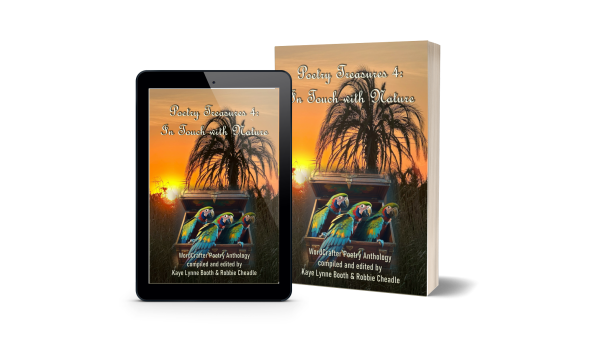
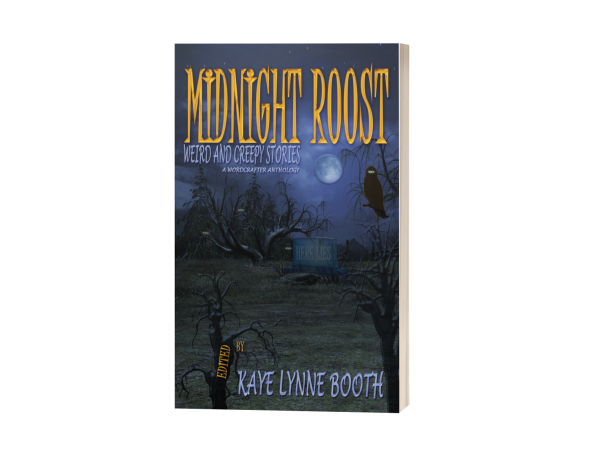



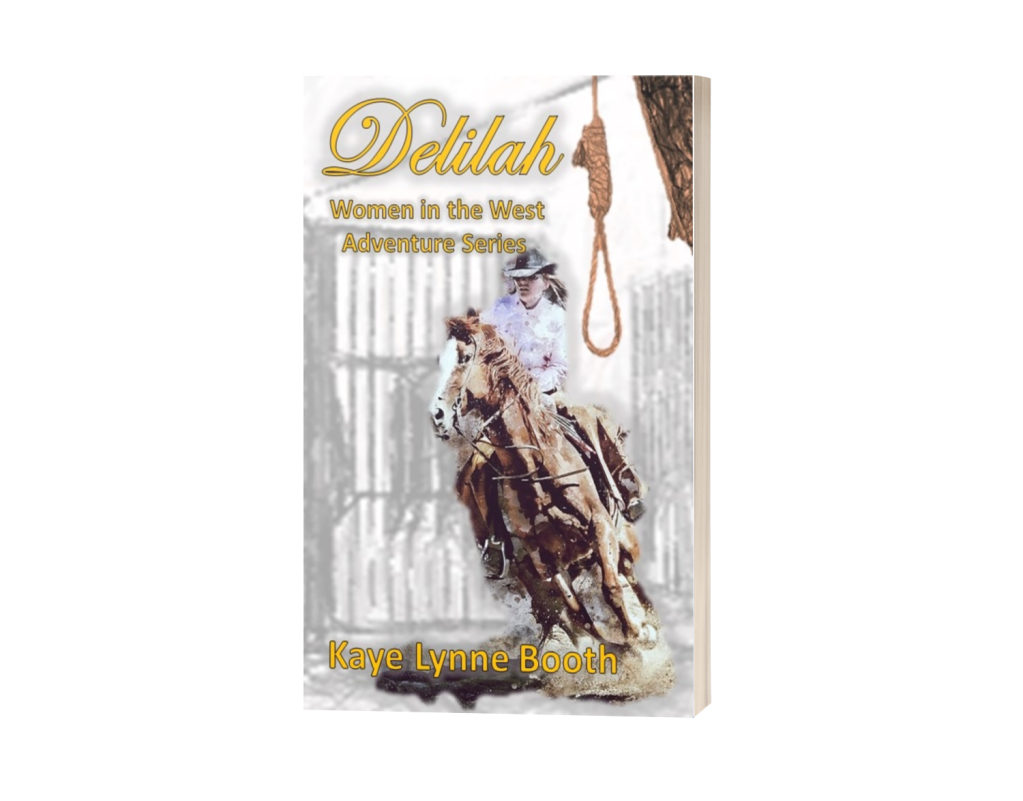

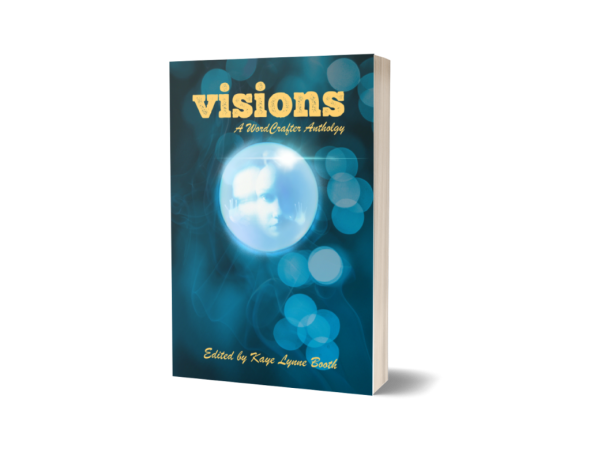
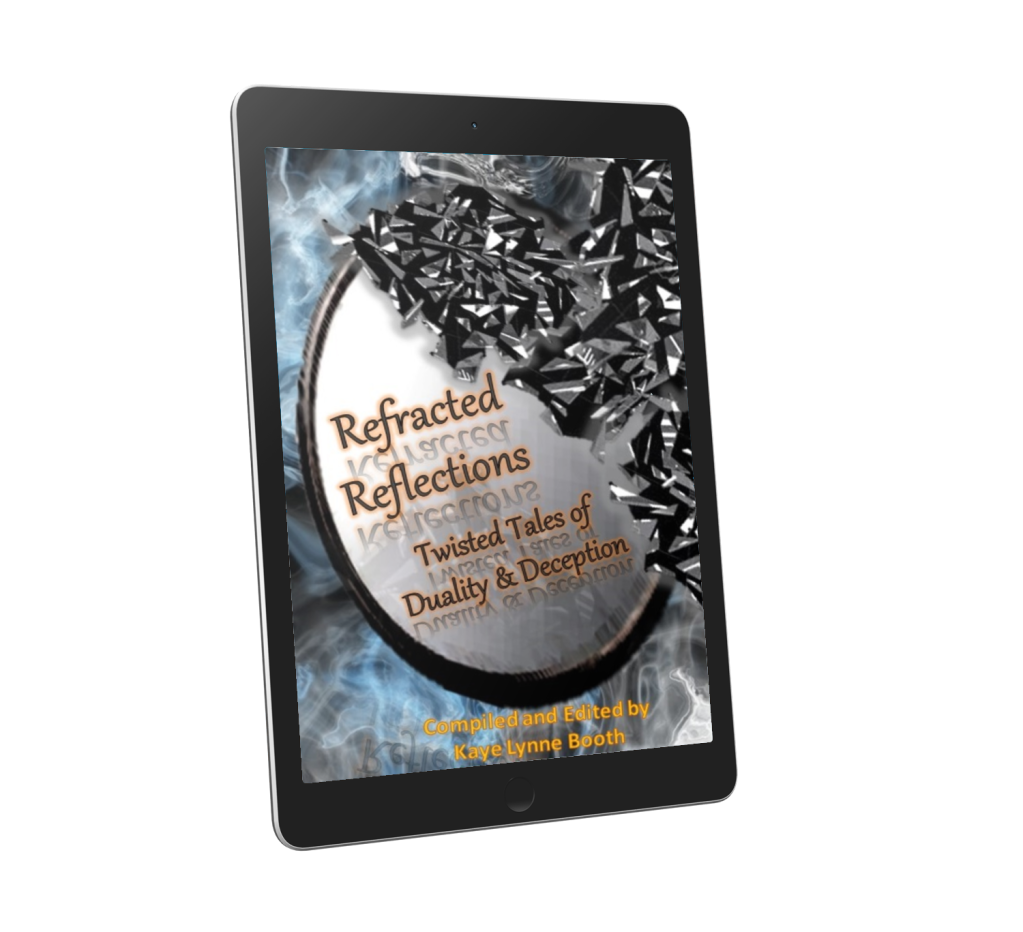

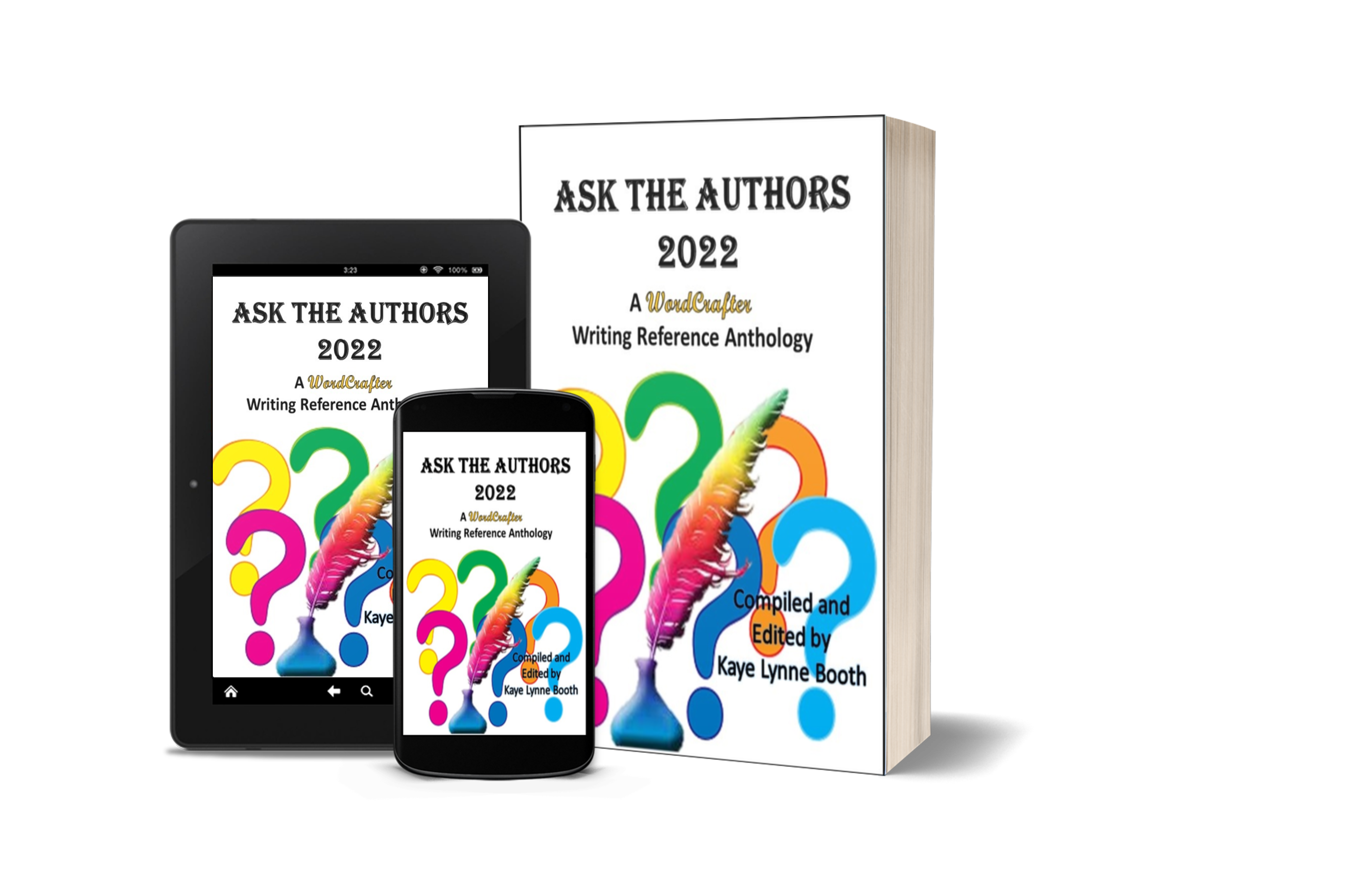


Creating Story Equals Problem Solving
Posted: August 8, 2016 | Author: kayelynnebooth | Filed under: Commentary, Opinion, Writing | Tags: Creative Fiction, Fiction, Writing, writing advice | 1 CommentWriters are problem solvers. That’s what we do. Solve problems. It doesn’t matter whether you’re fleshing out a plotline for your latest novel or working up a beat sheet for a screenplay, our job is to figure out how to avoid or circumvent any obstacles that prevent your characters from reaching their goals. Of course, we also create some of the obstacles on purpose, because that is another thing that we do. We put our main characters through hell.
But, that’s not all. I’m also talking about things like faulty logic, which makes it impossible for your characters to do something you need them to do in the story, or things that don’t make sense or pull the reader out of the story, or when there’s too big of a stretch, too much disbelief to be suspended. These are the hurdles we, as writers, must overcome to not just tell the story, but to tell the story well.
Problem solving. That’s what creating story comes down to, and it’s our job, as story creators, to shape the story to make sense, have plausibility and flow smoothly. It’s our job to think through plot lines and make the story work by our clever crafting of words. It’s our job to make sure each character completes their personal story arc, and ensure that the main story arc flows through to the desired conclusion. It’s our job to help the main characters face their fears, overcome their fatal flaws and conquer any obstacles we throw at them along the way. And, it’s our job to be sure the story is believable and makes sense.
Does a story have to have eloquent language? No, although some do. Does it have to have a happy ending? Only if it is a romance. Does it have to make us laugh? If it’s a comedy, but humor is allowed in almost every genre.
There are things a story does have to have. Every story does have to have a beginning, middle and end. At least the main story arc and those of your main characters must be completed, moving the story along and showing character growth and transformation.
A story does have to have a certain logic to it, and it has to have characters who are relatable enough to make your audience care. There are ways to do both, and so much more, if you know how to write a well-crafted story. Robin Conley has made some great suggestions on how to make your audience care in her Weekly Writing Memo, each Wednesday, (or Thursday), here on Writing to be Read.
So, the next time you’re applying for a writing gig, be sure to put down problem solver as one of your many impressive skills. You won’t be lying. Creating Story = Problem Solving.
Share this: